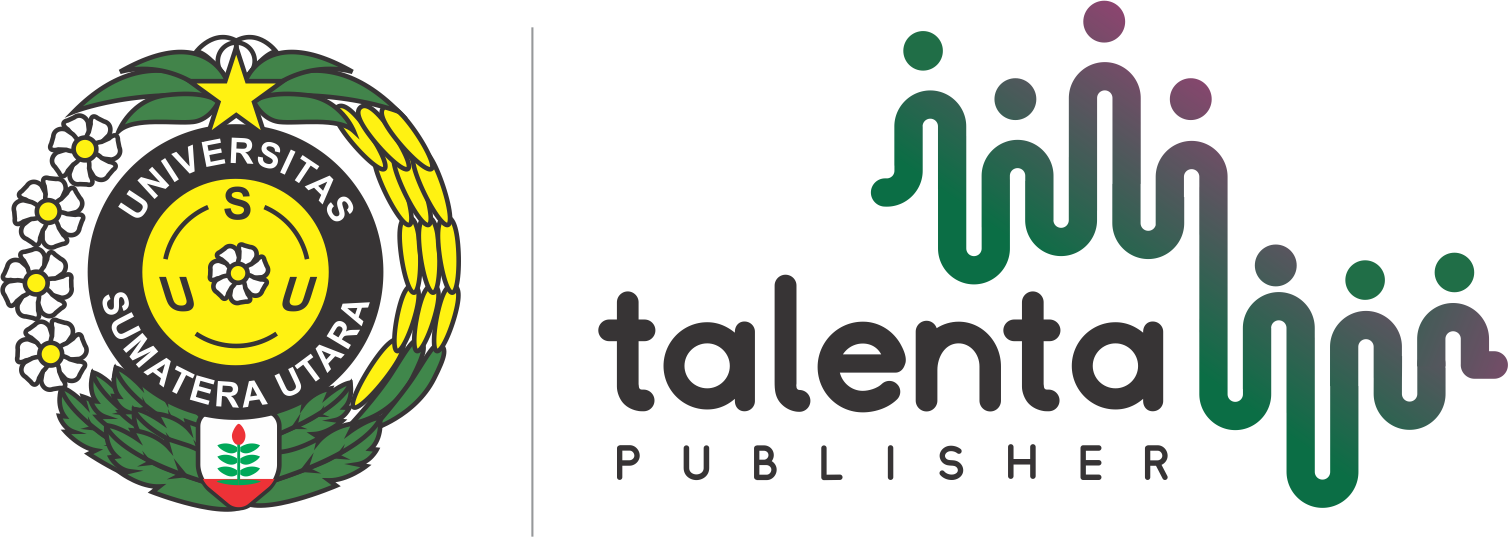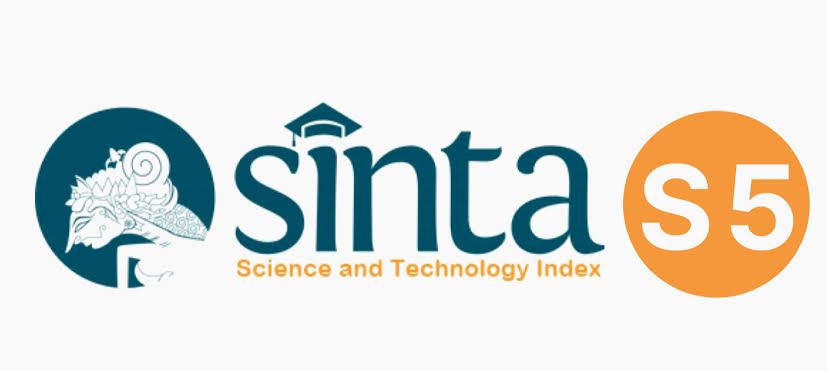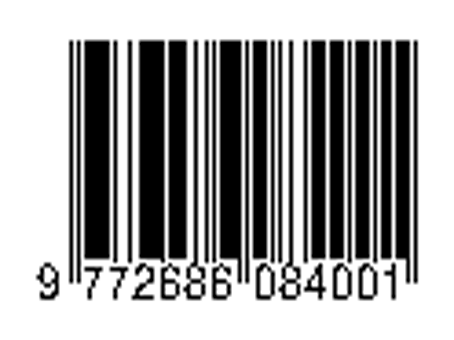Clinical Characteristics of Traumatic Brain Injury (TBI) Patients in Grha Bhakti Medika Hospital FROM 2020-2024 : Clinical Outcome from a Trauma Center in East Bali
DOI:
https://doi.org/10.32734/aanhsj.v6i3.18409Keywords:
Head injury, Traumatic Brain Injury, MortalityAbstract
Introduction: Head trauma is a common emergency department presentation, yet epidemiological data on traumatic brain injury (TBI) remains limited. This study aimed to evaluate the clinical characteristics and outcomes of TBI patients at Grha Bhakti Medika Hospital.
Methods: A retrospective cohort study was conducted on TBI patients treated between July 2020 and June 2024. Data from medical records were analyzed, with chi-square tests performed to identify predictors of in-hospital mortality.
Results: A total of 159 TBI cases were recorded, predominantly male (54.1%) and aged 19-40 years (32.1%). Isolated head trauma was most common (81.1%), and traffic accidents accounted for 62.2% of injuries. Non-referral cases (55.9%) exceeded referrals (44.1%). Most patients had no prior head trauma (98.2%), were conscious on admission (50.9%), had mild TBI (GCS 13-15, 80.6%), and showed no airway obstruction or oxygen desaturation (97.5%). Blunt injuries (94.3%), absence of intracranial bleeding (56.6%), and conservative treatment (64.1%) were predominant. Significant predictors of in-hospital mortality included unconscious history, duration of unconsciousness, GCS at admission, types of intracranial bleeding, and treatment modality.
Conclusion: TBI patients were predominantly young males with isolated, traffic-related injuries and mild clinical presentations. Key factors such as unconsciousness, GCS, and intracranial bleeding types significantly influenced mortality. These findings emphasize the need for targeted interventions to improve TBI outcomes.
Downloads
Downloads
Published
How to Cite
Issue
Section
License

This work is licensed under a Creative Commons Attribution-ShareAlike 4.0 International License.
The Authors submitting a manuscript do understand that if the manuscript was accepted for publication, the copyright of the article shall be assigned to AANHS Journal.
The copyright encompasses exclusive rights to reproduce and deliver the article in all forms and media. The reproduction of any part of this journal, its storage in databases and its transmission by any form or media will be allowed only with a written permission from Asian Australasian Neuro and Health Science Journal (AANHSJ).
The Copyright Transfer Form can be downloaded here.
The Copyright form should be signed originally and sent to the Editorial Office in the form of original mail or scanned document.














